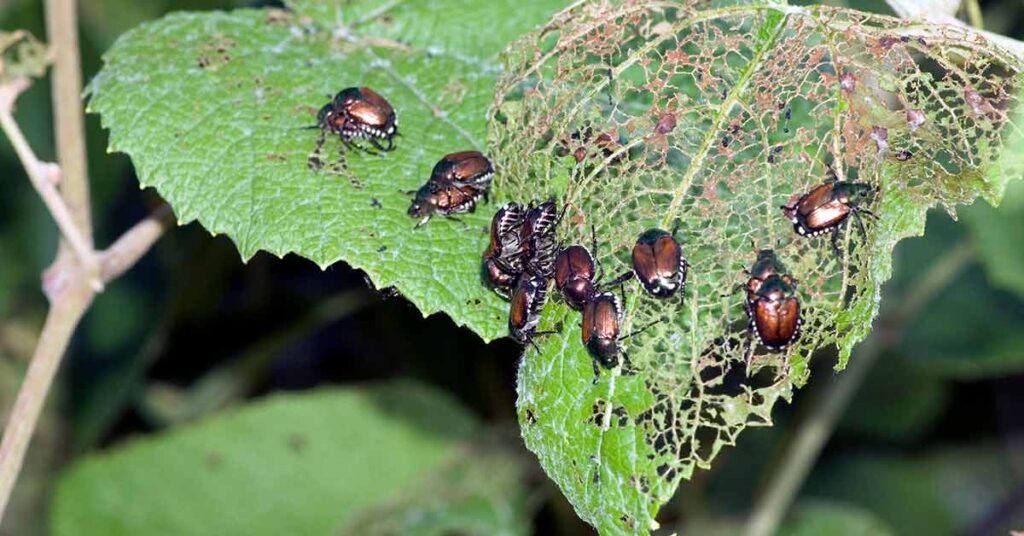Employing a professional to provide parasite control services to your livestock is an excellent investment, but a few basic guidelines must be followed first. For example, you should change your feed, soil, pasture rotation, and anthelmintic administration when you do some changes to your operation. Also, you should have your cattle dewormed at least every three weeks. If you haven’t treated your livestock for worms in at least a year, it may be time for a second treatment.
Changes in feed, field or soil management
For livestock farming, internal parasites have a significant impact on profitability. Since most of the parasitic disease results in impaired productivity, proper management is necessary to prevent or minimize parasitic infestations. Single control measures can only provide temporary relief and fail to provide long-term parasite control. Instead, sustainable parasite control strategies will use several approaches. Changes in feed, field and soil management may be necessary for effective parasite control.
Changes in dewormer administration
There are two main classes of dewormers available for both internal and external helminths, and a change in either can cause significant changes in the way you administer your dewormer. Although both types of dewormer work effectively against the same type of parasite, each class has some distinct advantages and disadvantages. To determine which one will be most effective in treating a specific parasite, the best thing to do is consult a veterinarian to develop a plan for treatment.
Changes in pasture rotation
A change in pasture rotation can reduce the parasite load, but it can also increase the risk of contamination. Pasture that is heavily infested with parasite larvae should be changed out within three to four days. Pasture that is heavily infested with parasite larvae is prone to high parasite density, particularly in areas where sheep and goats tend to congregate near water sources or shade. Changes in pasture rotation can prevent congregating animals on a pasture by allowing them to move to a less heavily infected area of the pasture. This also minimizes the risk of exposure to concentrated larvae.
Changes in anthelmintic administration
Antihelmintic drugs have been the most commonly used anthelmintic medications for livestock for decades. Magazine advertisements and other sources of information reinforced our fear of parasites. With the introduction of new drug classes, however, the prevalence, geographic range, and spectrum of resistant parasites increased. Sadly, many people did not notice this trend for a long time. Unfortunately, it now demonstrates how anthelmintic drugs can be completely unnecessary for many situations.
Changes in pasture harrowing
Changing pasture harrowing for pest control Adelaide has several benefits. The first is that harrowing disturbs the soil and allows parasite eggs and larvae to cling to the top few inches of the plants. This reduces the grazing potential of animals, which cannot graze in these pats. However, harrowing is not a good solution for controlling parasites unless it’s a temporary measure during a dry period. Biodynamic practitioners believe that parasites thrive in the nitrogen content of the soil and recommend breaking up pats to allow in light and air.

